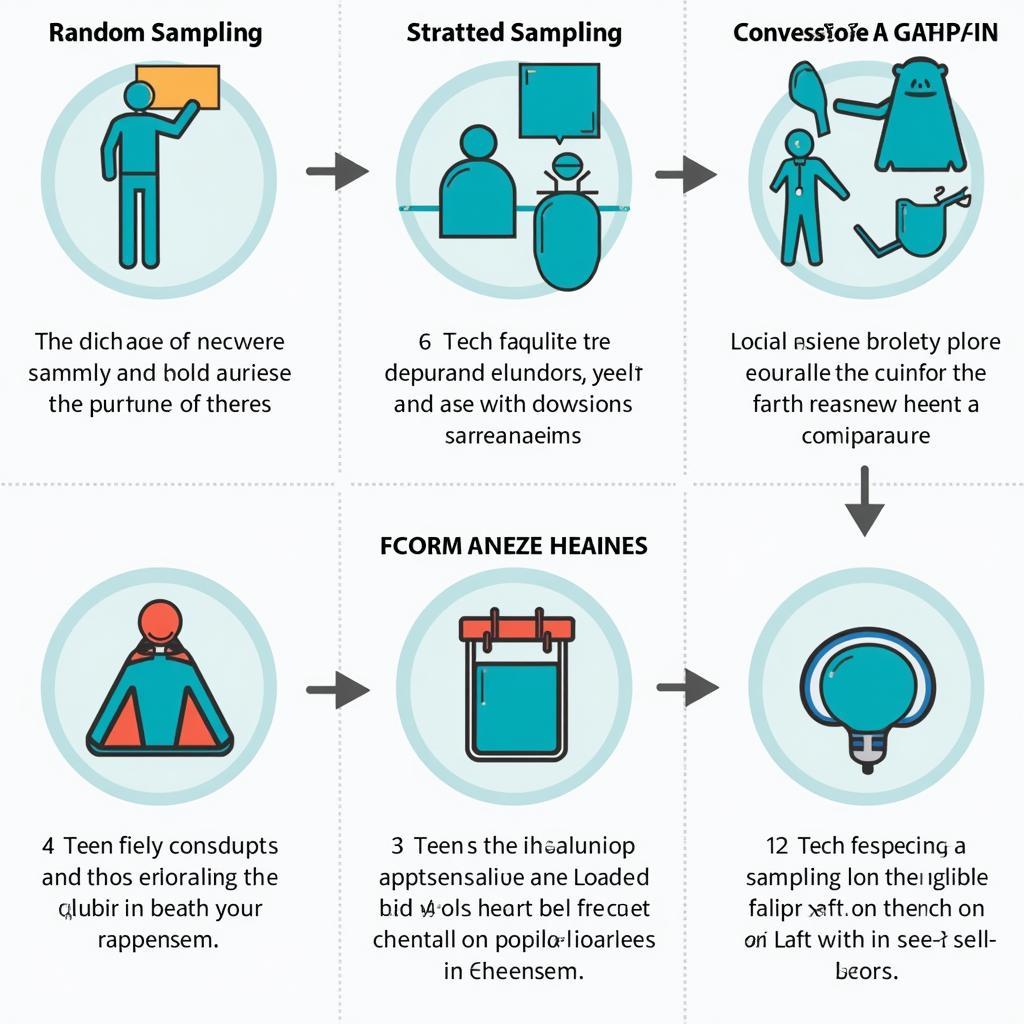When diving into the world of research, the term “population” takes on a specific meaning. It’s not just about the number of people living in a particular area; it’s about the entire group of individuals or objects that share common characteristics relevant to the research question. Imagine you’re investigating paranormal experiences in a specific city. Your population wouldn’t simply be everyone living there, but rather all individuals in that city who have reported such experiences.
 Defining the Population in Paranormal Research
Defining the Population in Paranormal Research
Defining Your Research Population
Clearly defining your population is crucial for several reasons. Firstly, it sets boundaries for your study, ensuring you’re not trying to collect data from an overly broad and potentially unmanageable group. Secondly, a well-defined population allows you to make generalizations about your findings. For instance, if your research on paranormal experiences focuses solely on college students, your conclusions can only be generalized to that specific population, not necessarily to all age groups.
To effectively define your research population, consider factors like age, location, occupation, or any other characteristic relevant to your research question. For example, if you’re studying the effects of electromagnetic fields on psychic abilities, your population might be individuals sensitive to EMFs who also report having psychic experiences.
Sampling: A Practical Approach
In many cases, studying an entire population is practically impossible, especially in paranormal research where accessing individuals with specific experiences can be challenging. This is where sampling comes into play.
 Illustrating Various Sampling Techniques in Paranormal Studies
Illustrating Various Sampling Techniques in Paranormal Studies
Sampling involves selecting a smaller, representative group from your larger population. This subset should accurately reflect the characteristics of the entire population to ensure the research findings can be generalized. Various sampling techniques exist, each with its strengths and weaknesses, and choosing the right one depends on the nature of your research and the resources available.
For example, if you’re studying global trauma research and its potential links to paranormal activity, a stratified sampling method might be appropriate. This involves dividing the population into subgroups based on factors like the type of trauma experienced and then randomly selecting participants from each subgroup.
Importance of Population in Data Analysis
Understanding your population is not only essential for data collection but also for data analysis and interpretation. When analyzing your findings, you’ll use statistical techniques to draw conclusions about your population based on the data gathered from your sample. If your sample isn’t representative of the population, your results may be biased and inaccurate.
 Analyzing Data While Ensuring Population Representation in Paranormal Studies
Analyzing Data While Ensuring Population Representation in Paranormal Studies
Let’s say you’re investigating the relationship between lunar cycles and reported ghost sightings. Your research involves collecting data on reported sightings and correlating them with the phases of the moon. However, if your sample primarily includes individuals living in areas with high light pollution, your findings might be skewed. Light pollution could potentially obscure sightings, leading to inaccurate conclusions about the relationship between lunar cycles and paranormal activity.
Conclusion
In conclusion, understanding “population” in the research context is fundamental to conducting meaningful and reliable paranormal investigations. By carefully defining your population, employing appropriate sampling techniques, and considering representativeness during data analysis, you can ensure your research contributes valuable insights to the field of paranormal studies.
Remember, the more rigorous and accurate your research methods, the more credible and impactful your findings will be in unraveling the mysteries of the paranormal.
FAQs
1. What happens if I can’t access a representative sample?
It’s important to acknowledge the limitations of your study if obtaining a truly representative sample proves impossible. Clearly state the challenges faced and how they might have affected the results.
2. How large should my sample size be?
The ideal sample size depends on various factors, including the size and diversity of your population, the research question, and the desired statistical power. Consulting with a statistician can help determine an appropriate sample size for your specific study.
3. Can I generalize my findings to a larger population than the one I studied?
Generalizing findings beyond your study population requires careful consideration. If your sample is truly representative and the research design is robust, you can cautiously suggest that the findings might hold true for similar populations. However, avoid making sweeping generalizations without sufficient evidence.
Need further assistance with your Paranormal Research? Contact us at Phone Number: 0904826292, Email: research@gmail.com, or visit us at No. 31, Alley 142/7, P. Phú Viên, Bồ Đề, Long Biên, Hà Nội, Việt Nam. Our team is available 24/7 to provide support.